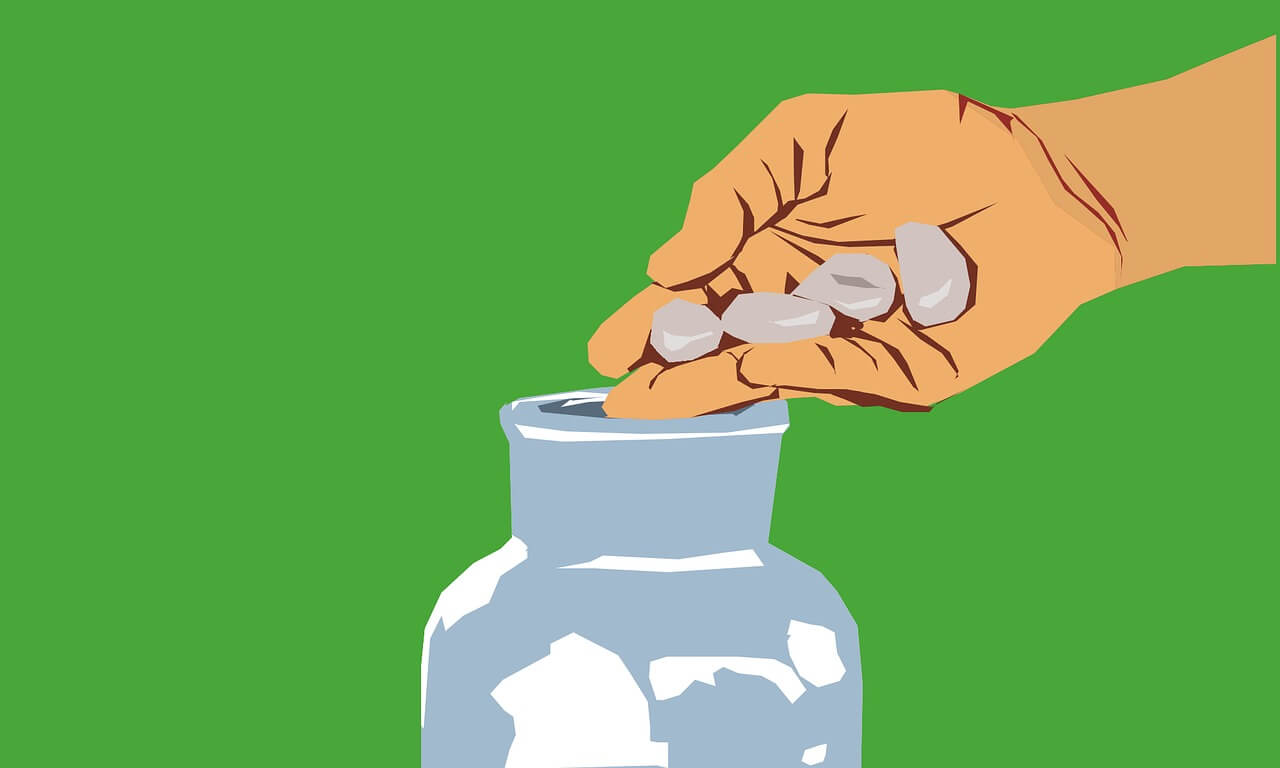
A U.K.-based non-profit with a global reach Oxfam International tested MakerDAO’s stablecoin DAI for a whole month, as a vehicle for aiding disaster victims.
The pilot project was conducted in the South Pacific Ocean nation of Vanuatu, in partnership with Australian tech firm Sempo and ethereum startup ConsenSys, as reports by Australian news outlet Micky. Vanuatu is plagued with natural calamities such as tsunamis, cyclones, and volcanic eruptions. While high in poverty as well, around 40% population lives on less than $4 a day as per a World Bank report from last year citing 2010 data.
Dubbed as theUnBlocked Cash, the pilot provided 200 residents in the villages of Pango and Mele Maat on the island of Efate tap-and-pay cards. Each will be loaded with about 4,000 vatu ($50) in DAI, according to Micky. The card could also be used for payments across a network of local stores and schools, with 32 vendors in total.
As for the vendors, they were given Android smartphones with an app allowing them to accept such payments. They were able to DAI, backed by .S. dollars at a 1:1 ratio. For fiat currency, they can exchange the token at Sempo or at other crypto exchanges. Sempo co-founder Nick Williams told Micky:
“As far as we know this is the first time an NGO has used a stablecoin to provide aid anywhere. This is not a one-off pilot. We believe that using a stablecoin to allow the unbanked to access finance will completely change the way aid runs.”
Previously, Oxfam helped Vanuatu villagers through cash, although the time taken for ID checks and bank visits are a big obstacle, the charity representative said. As per Micky, with the cash onboarding new user, the aid took around an hour, whereas the DAI card takes six minutes. In addition, it made the whole process more transparent. Sandra Hart, the Unblocked Cash lead at Oxfam, told the publication.
“Both donors and NGOs struggle with transparency and the way aid money is used. Using a stablecoin brings in end-to-end transparency “ensuring that the people who receive funds are the ones that need it.”
Sempo conducted a series of similar fund transfer tests last year, in Beirut and Akkar in Lebanon, Iraqi Kurdistan and Athens, distributing DAI and a custom ethereum ERC-20 token. The trails illustrated that the blockchain tech doesn’t change the main patterns for the use of humanitarian aid and did not eally help preventing fraud, but serves instead “as a way to maximize the likelihood that honest systems remain honest,” Sempo wrote in a blog post.
Read more:DigitalMint Plants Bitcoin ATMs At 20 Circle K Convenience Stores
Image source – Pixabay.com

Keep in mind that we may receive commissions when you click our links and make purchases. However, this does not impact our reviews and comparisons. We try our best to keep things fair and balanced, in order to help you make the best choice for you.